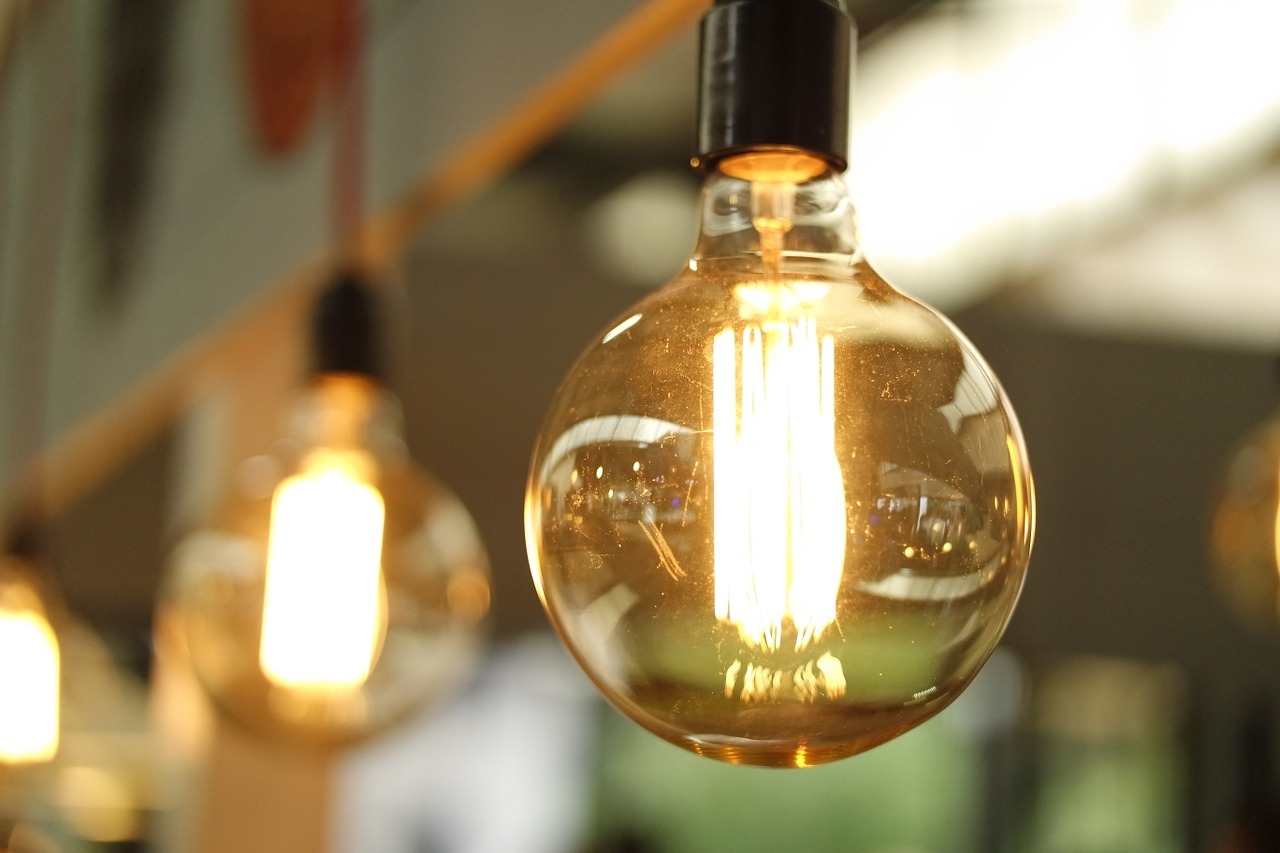Choosing The Right Lightbulb for Each Room
When it comes to lightbulbs, there’s a lot more than meets the eye. It’s not simply a case of nipping to the shop and buying the first bulb you find. There’s all sorts of things to consider; is it a bayonet of screw fitting for instance? Do you want an LED bulb or incandescent? What colour are you after? The list really does go on. If all this has got you flummoxed, or if you’re currently sat in your house not happy with the brightness or colour, read our top tips for buying the right lightbulb for your needs.
Choose The Right Fitting
The most common fittings are bayonet and screw. However it’s not quite as simple as that; there’s different sizes and fittings even within those categories. B22s are the standard Bayonet size, but if you have a smaller fitting, you most likely have a B15. Screw fittings also come in different sizes. E14s are the narrower ones with a point, and the E27s are the more standard ones you would generally find in ceiling light fittings. If you’ve got spotlights however, you’re likely to have a GU10 or MR16 fitting. There both come with two prongs on the bottom, but do look different so pay attention.
Consider The Benefits Of LED Bulbs
LED lightbulbs are extremely popular now, but many are put off by the price tags associated with them when compared to traditional halogen bulbs. However the future savings that can be made, as well as the incredible longevity of LEDs, make them the better choice all round.
Consider Brightness And Colour For Each Room
Decide what type of light you'd prefer for each particular room. The brightness of a bulb can make or break a room, so getting the ideal watt or lumen output for your needs is imperative. Bedrooms for example are meant to be relaxing, calming spaces, so you’ll want a lower watt or lumen than in a kitchen. It is all down to individual choice however. Dining rooms for example are a room of contention; some love a bright room they can enjoy all day long, while others prefer a more intimate setting so will choose a less bright light. The Kelvin Scale, or the colour of the light, is used to measure temperature. Most people are used to the warm yellowy light that is given out by old incandescent bulbs. Therefore many prefer to stick with that. This light is 2,700 on the Kelvin scale so is one of the most popular. Midday sunlight one the other hand is about 5,500k, so is ideal for kitchens and offices. Sunset or sunrise lighting is around 2,500k, while a candle is around 1,600k. These are more popular in small ‘snugs’, living rooms and bedrooms as they are much softer and create a more relaxing atmosphere.
Colour Rendering Index (CRI) is used to measure of the ability of a light source that accurately represents different colours. So if you have a stunning police of artwork hanging pride of place on a wall, you’ll want the colours to look true under artificial light. Incandescent and halogen bulbs have an almost perfect CRI and score in the high 90s. LEDs and CFLs however are lagging a little behind at present with a CRI in the mid-80s. 80 is widely considered an acceptable level, although it comes down to personal preference, setting and situation.
Get The Right Shape
Traditional bulb shapes are the most common – even for those making the switch to LED bulbs, but there’s a whole host of other bulb shapes available. Spiral, globe, golf, candle, stick and spot are just a handful of the most common, and each provide a slightly different spread and angle of light. It’s important to think about where the bulb will be placed. Candle shapes are elegant additions to bedside lamps for instance, while fashionable geometric lampshades can carry off the more interesting golf or globe shapes.
In short, there’s a lot of things to consider when buying a bulb, but these handy tips will help you should you become stumped. If you’re looking to overhaul your home lighting, browse our unrivalled range of lightbulbs, all ready to purchase online now.
Created by Steve Ellwood on 14th October, 2016
Author
 | Steve EllwoodQualified as an Electrician, founder of BLT Direct |



